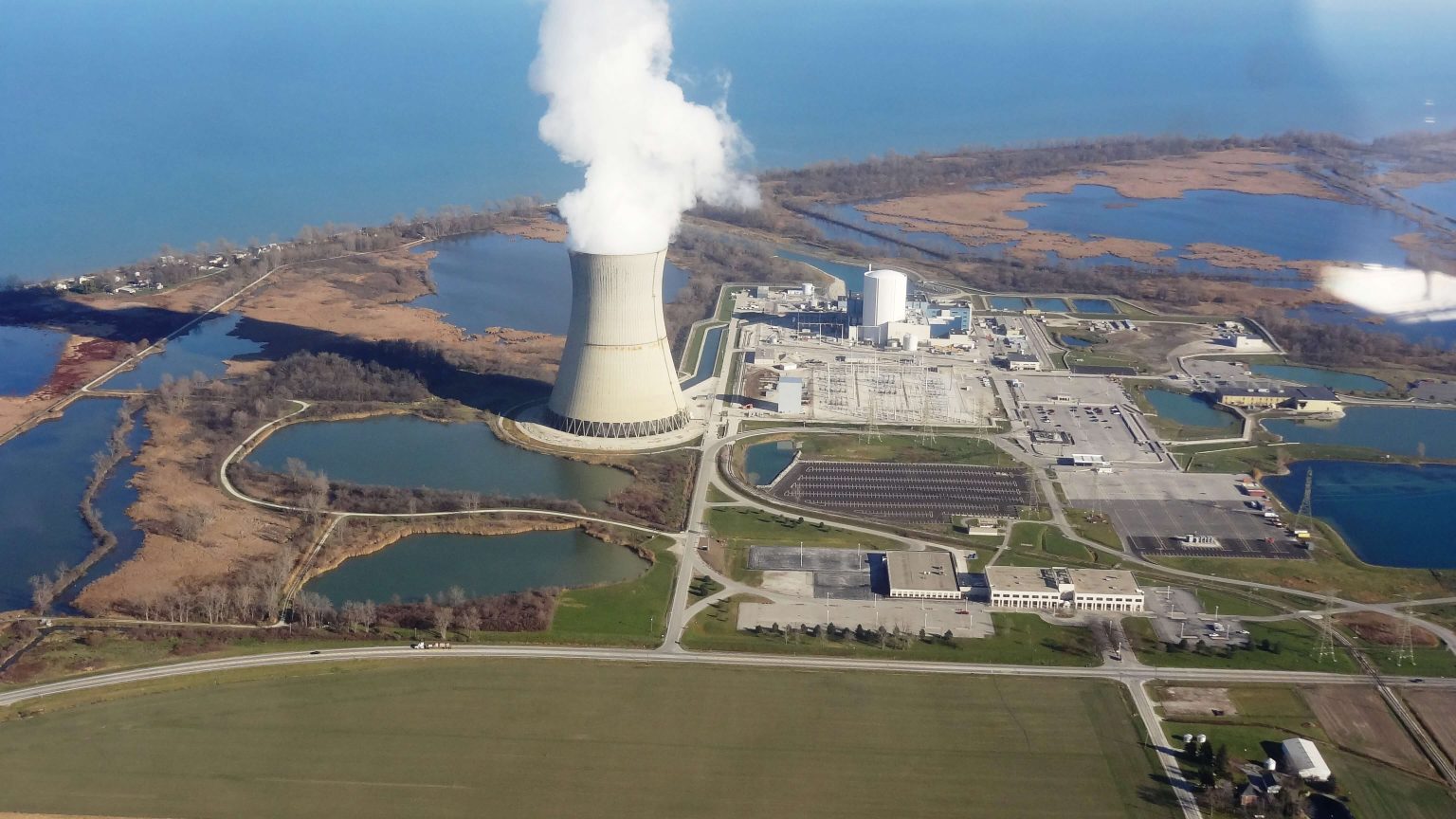Three commercial electric utilities and Idaho National Laboratory have been chosen by the U.S. Department of Energy’s Office of Nuclear Energy’s funding opportunity announcement (FOA) U.S. Industry Opportunities for Advanced Nuclear Technology Development for a first-of-a-kind project to improve the long-term economic competitiveness of the nuclear power industry. Through this solicitation, DOE encourages partnerships between federal agencies, public and private laboratories, institutions of higher education, and the business community, including electric utilities, to share expertise needed to successfully develop innovative nuclear technologies.
This project accomplishes DOE’s objective to support innovation in and competitiveness of the U.S. nuclear industry through research, development and demonstration of commercial applications that pair carbon-free nuclear energy in a hybrid, nonelectric application to produce hydrogen. The DOE awards announcement for this project and others can be found on the DOE website (here).
“This first-of-a-kind project represent significant advances for improving the long-term economic competitiveness of the light water reactor industry,” said Bruce Hallbert, director of DOE’s Light Water Reactor Sustainability Program, based at INL. “They will enable the production of commodities such as hydrogen in addition to electricity from commercial nuclear power plants. This project also accelerate the transition to a national hydrogen economy by contributing to the use of hydrogen as a storage medium for production of electricity, as a zero-emitting transportation fuel, or as a replacement for industrial processes that currently use carbon-emitting sources in hydrogen production.”
The utility participants are Akron, Ohio-based FirstEnergy Solutions, the industry leader for the effort; Xcel Energy, a Minneapolis-based energy company that owns and operates two nuclear plants in Minnesota; and Arizona Public Service (APS), a Phoenix, Arizona-based utility that operates Palo Verde Generating Station.
The two-year project led by FirstEnergy Solutions will initially demonstrate and deploy a 1- to 3-MWe low-temperature electrolysis unit to produce commercial quantities of hydrogen. The first site, planned for 2020, is FirstEnergy Solution’s Davis-Besse Nuclear Power Station near Toledo, Ohio.
Hydrogen from Davis-Besse may initially be used to supply public transportation fleets in Ohio, in new direct iron reduction plants being constructed to produce steel products, or for other commercial products now under investigation. The project will demonstrate how hydrogen from commercial nuclear operations can be used to produce “green” products and commodities in significant quantities for domestic use and for export to international markets where green and low-carbon attributes are incentivized.
“We are pleased to have been selected for this project by the Department of Energy and look forward to exploring the economic viability of H2 generation at a nuclear power plant, and demonstrating the compatibility and synergy of the two technologies,” said Raymond Lieb, senior vice president of Fleet Engineering for FirstEnergy Solutions. “Thanks to the support provided to our Ohio nuclear plants by the state of Ohio, we are able to work with DOE to explore new methods of keeping nuclear power plants competitive in any economic environment. This is a great opportunity to show that hydrogen can be effectively generated in a carbon-free and safe manner.”
Xcel Energy will also participate in the demonstration project to help determine if hydrogen production can enhance the company’s growing carbon-free footprint. Redirecting nuclear energy from electricity to hydrogen production could help balance the electrical grid with the increasing amount of wind and solar energy on the system. The company has also been testing flexible operations at its nuclear plants, but hydrogen could create an entirely new value stream. Xcel Energy plans to reduce carbon emissions by 80 percent in the Upper Midwest by 2030 (from 2005 levels) and is pursuing a vision to provide electricity from 100 percent carbon-free sources by 2050.
”We’ve challenged our nuclear employees to find innovative ways to operate more efficiently, use technology, pursue new ideas and reduce costs to make our plants more valuable for our customers,” said Tim O’Connor, chief nuclear officer, Xcel Energy. “Projects like this hydrogen demonstration will ensure our nuclear plants continue to help Xcel Energy provide reliable, affordable carbon-free electricity for the Upper Midwest.”
APS’ Palo Verde Generating Station near Phoenix, Arizona, also participates in the demonstration. Hydrogen from Palo Verde may be used as energy storage for use in reverse-operable electrolysis or peaking gas turbines during times of the day when photovoltaic solar energy sources are unavailable and energy reserves in the U.S. Southwest are low, and could also be used to support a burgeoning hydrogen transportation fuel market. Experience from this pilot project will offer valuable insights into methods for flexible transitions between electricity and hydrogen generation missions in solar-dominated electricity markets—and demonstrate how hydrogen may be used as energy storage to provide electricity during operating periods when solar is not available.
“This project allows us to explore a new form of energy storage while continuing to provide customers what they want – clean, affordable and reliable electricity,” said Bob Bement, APS executive vice president and chief nuclear officer. “For more than 30 years, Palo Verde has been the largest single clean-air energy source in the country. This pilot combines advanced technology with existing infrastructure to integrate carbon-free nuclear power with the desert Southwest’s abundant solar energy. It is an exciting opportunity to advance a clean energy future for Arizona and beyond.”
“This demonstration project will confirm how commercial nuclear utilities can produce—without carbon emissions—essential products, like hydrogen, at a scale needed by industry,” Hallbert said. “Nuclear energy can help meet the significant demand for hydrogen and other synthesized products while helping industrial users reduce their own carbon footprints.”
INL is one of the U.S. Department of Energy’s national laboratories. The laboratory performs work in each of DOE’s strategic goal areas: energy, national security, science and environment. INL is the nation’s leading center for nuclear energy research and development. Day-to-
Photo caption: The Davis-Besse Nuclear Power Station near Toledo, Ohio, will be the first site to produce commercial quantities of hydrogen using nuclear energy. (Photo by Bill Rayburn, Davis-Besse Nuclear Power Station)





